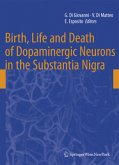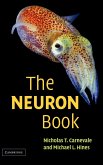Our knowledge of chromaffin tissue has increased enormously since the last comprehensive treatise in this series was published in 1943, chiefly as a result of the development of new histological methods and technical improve ments. Less than 40 years have passed since the review by MAX WATZKA, and essentially only 25 years were required to accumulate an abundance of revolu tionizing findings: it was not until 1957 that the carotid body was first studied successfully with the electron microscope. In 1962 the technique of formalde hyde-induced fluorescence was introduced, yielding a view of adrenergic struc tures that was completely new and far better than that obtained with the chro maffin reaction. Immunohistochemistry made it possible to localize enzymes responsible for catecholamine synthesis and to detect peptide hormones. Autora diographic techniques were used at the level of the electron microscope, the method of chemical sympathectomy was introduced and still other technical improvements could be mentioned. I myself have been interested in chromaffin cells and sympathetic neurons since 1965, when I entered the Department of Histology, University of Vienna, as a medical student. Therefore I have not followed the developments mentioned above retrospectively, but have actually experienced them. Anyone who experi ences such a development comes to believe that he is well acquainted with the various results and interpretations and is thus capable of objectivity.
Hinweis: Dieser Artikel kann nur an eine deutsche Lieferadresse ausgeliefert werden.
Hinweis: Dieser Artikel kann nur an eine deutsche Lieferadresse ausgeliefert werden.








